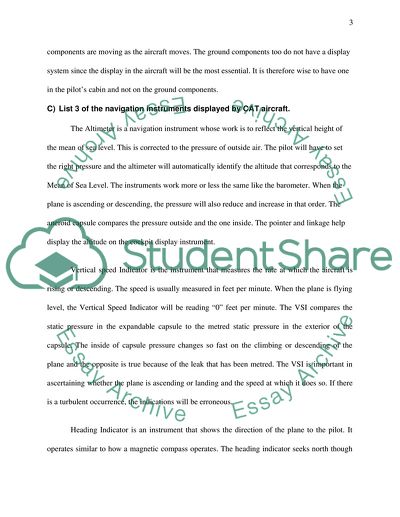Cite this document
(VHF Omni Directional Range Assignment Example | Topics and Well Written Essays - 5000 words, n.d.)
VHF Omni Directional Range Assignment Example | Topics and Well Written Essays - 5000 words. Retrieved from https://studentshare.org/technology/1632280-aircraft-maintenance-aircraft-systems
VHF Omni Directional Range Assignment Example | Topics and Well Written Essays - 5000 words. Retrieved from https://studentshare.org/technology/1632280-aircraft-maintenance-aircraft-systems
(VHF Omni Directional Range Assignment Example | Topics and Well Written Essays - 5000 Words)
VHF Omni Directional Range Assignment Example | Topics and Well Written Essays - 5000 Words. https://studentshare.org/technology/1632280-aircraft-maintenance-aircraft-systems.
VHF Omni Directional Range Assignment Example | Topics and Well Written Essays - 5000 Words. https://studentshare.org/technology/1632280-aircraft-maintenance-aircraft-systems.
“VHF Omni Directional Range Assignment Example | Topics and Well Written Essays - 5000 Words”, n.d. https://studentshare.org/technology/1632280-aircraft-maintenance-aircraft-systems.


